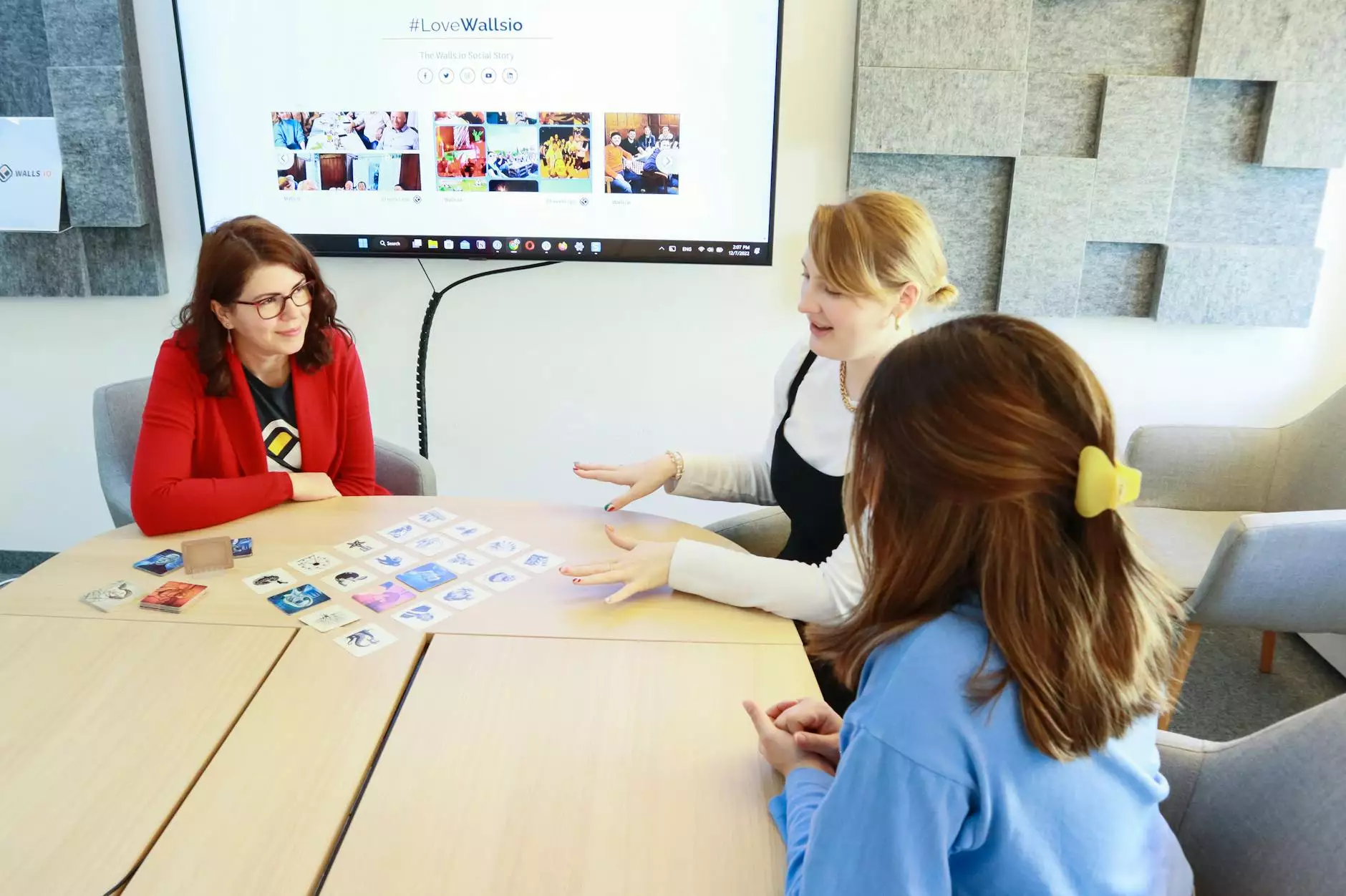Understanding ADHD Symptoms in Kids: Insights and Solutions

Attention Deficit Hyperactivity Disorder (ADHD) is a neurodevelopmental disorder that affects many children globally. Understanding the ADHD symptoms in kids is crucial for early detection and intervention, which can make a significant difference in a child’s development and quality of life.
What is ADHD?
ADHD is characterized by patterns of inattention, hyperactivity, and impulsivity. These behaviors are often inconsistent with the child’s developmental level. The symptoms typically arise in early childhood and may continue into adolescence and adulthood. Recognizing these symptoms early allows for appropriate management and a supportive environment.
Recognizing ADHD Symptoms in Kids
Identifying the symptoms of ADHD can be challenging, as many behaviors are common among children. However, ADHD symptoms can be grouped into two main categories: inattention and hyperactivity-impulsivity.
1. Symptoms of Inattention
- Difficulty sustaining attention in tasks or play activities.
- Frequent careless mistakes in schoolwork or other activities.
- Lack of follow-through on instructions and failure to finish schoolwork or chores.
- Difficulty organizing tasks and activities.
- Avoidance of tasks that require sustained mental effort.
- Often losing items necessary for tasks and activities.
- Frequent forgetfulness in daily activities.
2. Symptoms of Hyperactivity-Impulsivity
- Fidgeting or tapping hands or feet when seated.
- Inability to stay seated in situations where it's expected.
- Running or climbing in inappropriate situations.
- Difficulty playing quietly or engaging in leisure activities.
- Talking excessively.
- Blurting out answers before questions have been completed.
- Interrupting or intruding on others' conversations or games.
Causes of ADHD: What We Know
While the exact cause of ADHD is not fully understood, research suggests that a combination of genetic, environmental, and neurological factors may contribute to its development. Key points include:
- Genetic Factors: ADHD can run in families, indicating a genetic component.
- Environmental Influences: Exposure to toxins, alcohol, and smoking during pregnancy can increase the risk.
- Brain Structure and Function: Studies have shown differences in the brain structure and functioning of those with ADHD.
The Importance of Early Diagnosis
Recognizing and diagnosing ADHD as early as possible is crucial. Early diagnosis helps to implement appropriate interventions, allowing children to thrive academically and socially. If you suspect your child may have ADHD, consult a healthcare professional who specializes in childhood disorders.
Test and Assessments for ADHD
The diagnosis of ADHD typically involves a comprehensive evaluation that includes:
- Clinical Interview: Detailed discussions with the child, parents, and teachers to gather a full picture of the child's behavior across different settings.
- Behavioral Assessments: Standardized questionnaires and rating scales to assess the severity of symptoms.
- Observation: Direct observation of the child's behavior by professionals.
Managing ADHD Symptoms in Children
Effective management of ADHD symptoms involves a multifaceted approach:
1. Behavioral Therapy
Behavioral therapy focuses on modifying specific behaviors. Techniques may include:
- Positive Reinforcement: Encouraging good behavior through rewards.
- Setting Clear Expectations: Consistently communicating rules and expectations.
- Structured Routines: Establishing daily routines for consistency.
2. Medication
Medication can be an effective part of an ADHD treatment plan. The most common are:
- Stimulants: Medications like methylphenidate and amphetamines help increase attention and decrease impulsivity and hyperactivity.
- Non-Stimulants: Options such as atomoxetine and guanfacine, which can help manage symptoms for some children.
3. Educational Interventions
Schools play a crucial role in supporting children with ADHD. Strategies include:
- Individualized Education Programs (IEPs): Tailored educational support based on the child's unique needs.
- Classroom Modifications: Creating an environment that minimizes distractions.
- Collaboration with Teachers: Regular communication between parents and teachers to monitor progress.
The Role of Pharmacy in Managing ADHD
Pharmacies can offer critical support for families dealing with ADHD. Here’s how:
- Medication Management: Pharmacists can help in understanding medication options, side effects, and proper administration.
- Consultation Services: Many pharmacies offer consultation services for families, providing valuable information and resources.
- Support Groups: Some pharmacy stores may host support groups for parents and caregivers dealing with ADHD.
Supporting Children with ADHD at Home
Creating a supportive home environment is essential for children with ADHD. Consider these tips:
- Encourage Physical Activity: Regular exercise can help improve concentration and reduce symptoms.
- Limit Screen Time: Establish boundaries for television and computer usage to reduce distractions.
- Promote Healthy Sleep Habits: Ensuring a consistent sleep schedule can significantly affect behavior and attention levels.
Conclusion: A Collaborative Approach to ADHD Management
In conclusion, understanding ADHD symptoms in kids is essential for early intervention and positive outcomes. A collaborative approach involving healthcare providers, educators, and family members is vital in managing ADHD effectively. By fostering an environment of support and understanding, we can help children with ADHD reach their full potential. Remember, if you suspect your child may be experiencing ADHD symptoms, do not hesitate to reach out to a professional for guidance and support.
Together, we can ensure that children with ADHD receive the attention and care they need to thrive in every aspect of life.









